Marine plywood is a commonly used construction material that is used in a wide range of projects from residential construction to the manufacturing of shipping and shelving containers. As suggested by its name, marine plywood is mostly seen in the manufacturing of boats, ships and docks. The reason? When it comes to this industry, the timber that is used is watertight, and not prone to damage with water exposure through time.
Marine plywood is ideal in this industry because of its ability to not warp, bend or delaminate when exposed to water over an extended period of time. However, it may be surprising to know that marine plywood, in its most natural state is not water friendly. Is marine plywood waterproof? No, it is not. What makes it effective then? Let us find out.
Characteristics and Grades of Marine Plywood
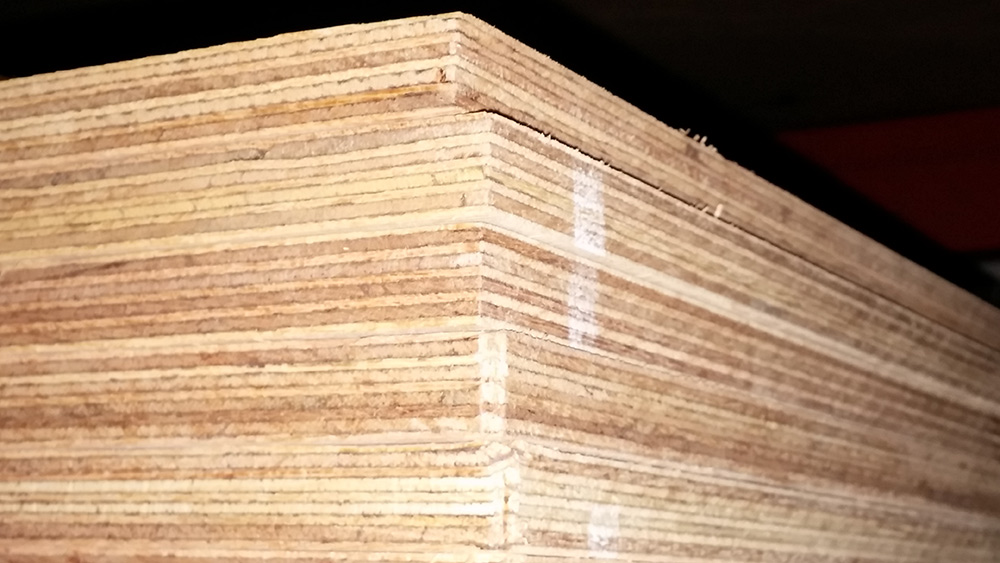
When it comes to marine plywood, durability is the main advantage. Users of this plywood is expected to last long in an outdoor setting. Because of its resistance to moisture, marine plywood is used for building boats and ships. The lack of air pockets and knotholes make it more sound structurally. Marine Plywood gets different ratings, including the following:
- A-A: This marine plywood grade features ½-inch thick and is typically available in 4 x 8 and 5 x 12 feet.
- A-B: This plywood grade is available in the same width and length dimensions but ¾-inch in thickness rather than ½-inch. It is heavier and stronger than A-A.
- B-B: This marine plywood grade is otherwise called face-back marine plywood.
- MDO: This means medium density overlay. This plywood is exterior grade made out of high-quality, resin-impregnated thermosetting fiber overlay under intense heat and pressure. Under the fiber surface, there is a veneer that is smooth, with the capacity to handle paint quite well.
Marine Quality, But Not Waterproof
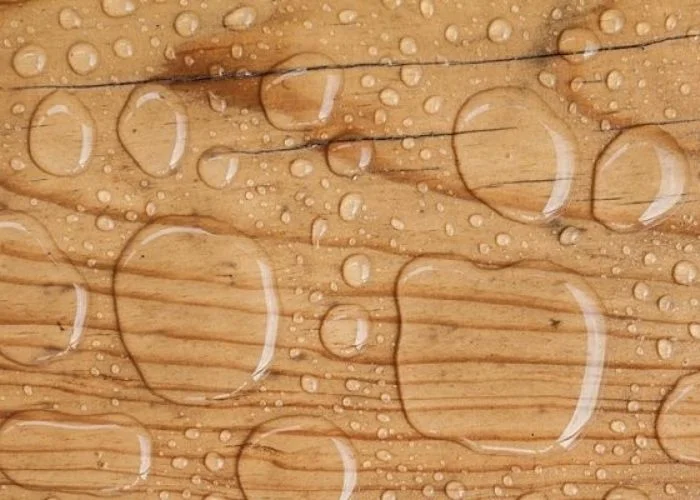
Marine plywood is not usually as it is claimed to be. It is not waterproof. It is a dependable, hardwood plywood that is manufactured using waterproof glue. However, because it is not treated using chemicals, it is not resistant to rot. Marine plywood with higher grades tends to be strong, lightweight, and defect-free. These characteristics are what makes marine plywood an ideal choice for the building of ships, boats and their parts. Aside from this industry, marine plywood may also be used in making outdoor furniture in the coastal locations, after the plywood is treated using a quality protective finish.
Species of wood with a natural resistance to rot and decay, such as ipe, cedar, cypress and shorea feature a capacity to ward off decay. Marine plywood does not have this ability because it is not pressure treated. This only means that if it’s exposed to moisture, it will rot, unless it is protected using a finish that is water resistant. Still, it is strong enough for the marine industry. This is because wood veneer thin sheets, otherwise called plies, ae used in making marine plywood.
Every piece of marine plywood features several layers. The manufacturing of marine plywood involves the process of cross-lamination. This involves arranging the plies in a perpendicular arrangement, giving strength to the panel in all directions. As a finish, the panel of plywood is then bonded with pressure and heat.
How Does Marine Plywood Become Waterproof?
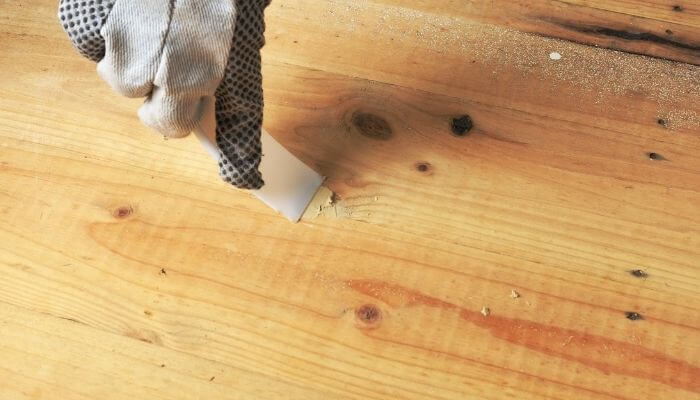
The manufacturing of marine plywood is quite similar with the process done with traditional plywood, which involves the plywood sheets prepared at right angles, alternating the grain to provide strength. Plywood sheets that are exterior grade are often used due to their durability. At the same time, they also lessen the possibility of having visible voids and gaps. The sheets are then glued using WBP, or water + boiling proof adhesive, providing a good barrier from water.
To decrease the possibility of water seeping into the panels of the plywood, it is vital for them to be completed using a high-quality veneer. Veneers that are lower quality are prone to imperfections and gaps, thus increasing the risk of being exposed to moisture. Just like with the middle ply, the WBP glue is applied again to ensure veneer bonding.
Marine plywood often receives a Grade A or B. Having a Grade A means that there are no knots, while Grade B allows for certain surface knots. No marine plywood allows for knot holes due to the risk of water getting absorbed into the panels.
Also, when waterproofing sheets of plywood, it is very important to know that all sheets, including birch and marine, are created using Type A Phenolic Bond glue line, with a rating for EO formaldehyde, thus allowing the plywood veneer sheets and the core to securely bond together.
The marine plywood’s resistance to moisture highly depends on the overall quality of the glue line, timber core and unique veneer faces. It also depends on how well the edges that are exposed are protected and sealed. To make marine plywood sheets very effective, they should be protected using layers of oil or wax, or water repellent varnish.
Alternative to Marine Plywood
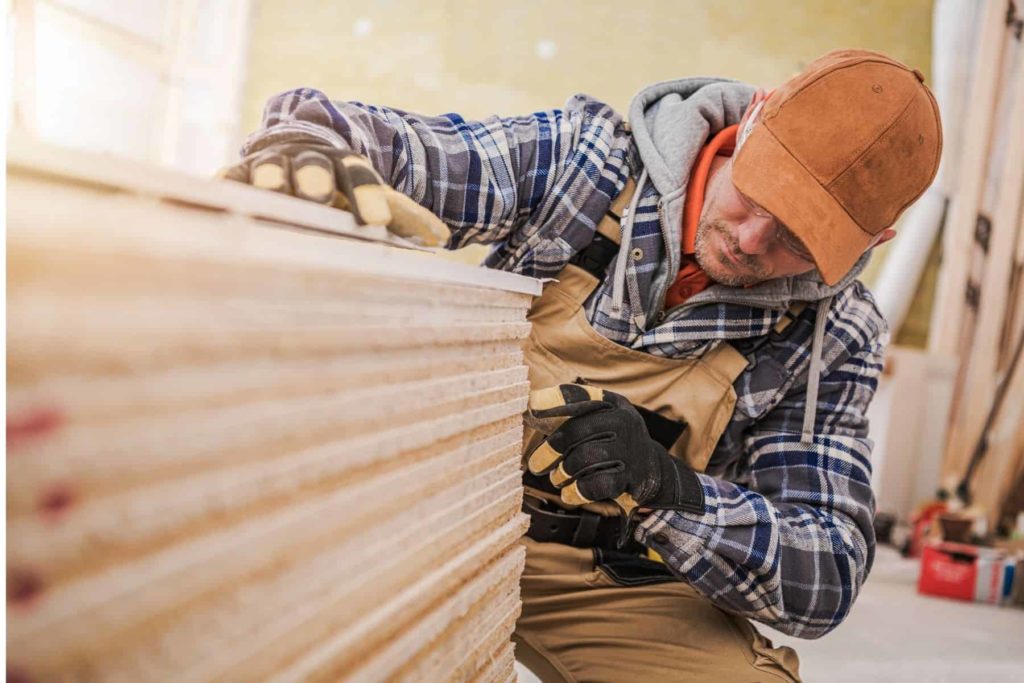
Unless the marine plywood is completely submerged in water for a long period of time, most pieces that are exposed to water and moisture does not need the use of a marine plywood. There are also ideal alternatives to marine plywood. For example, birch plywood is both economical and suitable alternative to marine plywood for these types of applications.
Birch plywood is made out of premium B/BB grade North European Birch lumber, a species that thrives in the cold climate. It features rings with close growth, giving an exceptional and long-lasting durability and strength for the veneer ply layers and core. Because of these characteristics and features, Birch plywood is an amazing alternative to marine plywood.
Conclusion
Is marine plywood waterproof? By nature, no. Still, it is ideal for uses in the marine industry after being finished with a reliable sealant that provides protection against moisture damage and water related problems. Aside from marine industry use, it can also be used for making furniture, especially those that are designed for outdoor use. With the right treatment, you’re good to go! What is your experience with using marine plywood? Share your thoughts in the comments section below! Share this article if you like!
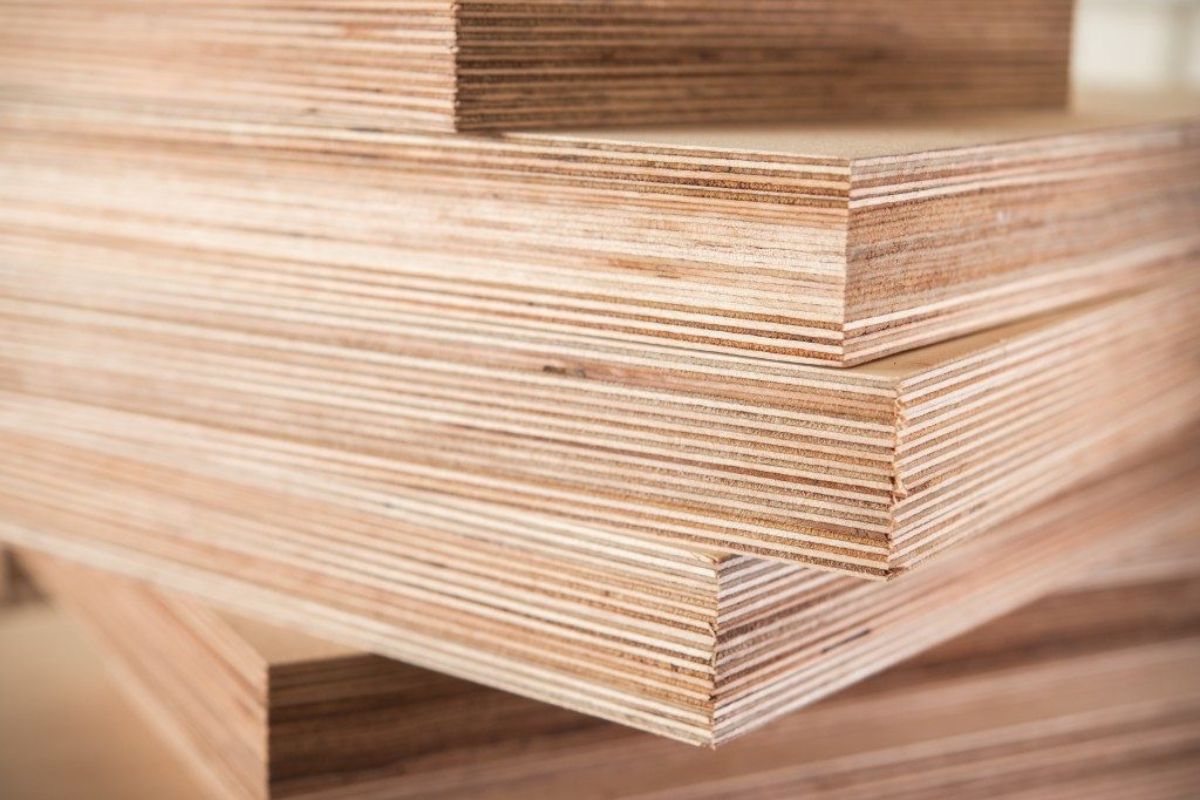
Leave a Reply